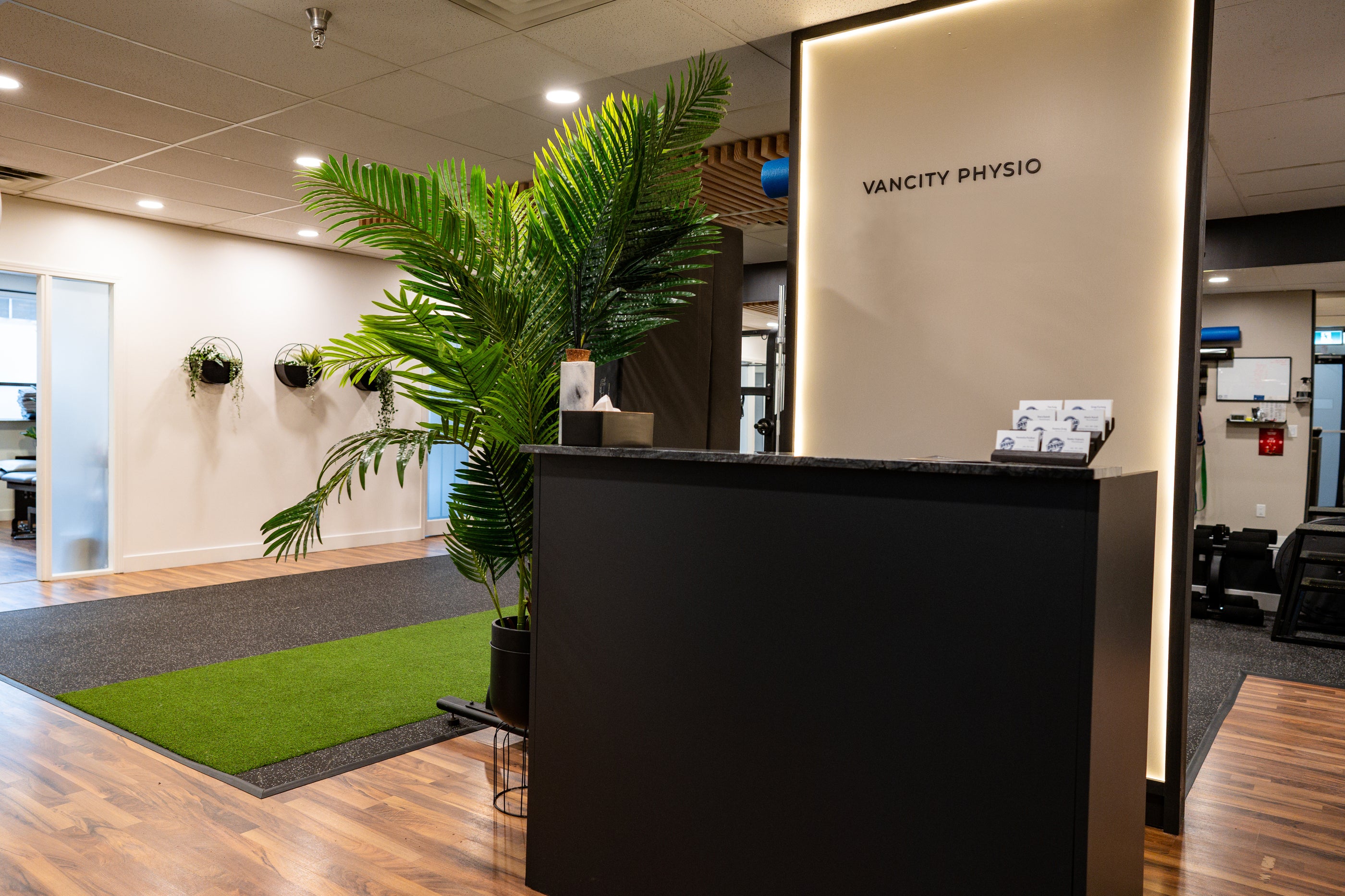Gait analysis is a crucial aspect of physiotherapy that involves assessing the way a person walks or runs. It's used to diagnose, monitor, and treat various musculoskeletal conditions, injuries, and movement disorders. Here's some relevant information:
Purpose: Gait analysis helps physiotherapists understand how a person's body moves during walking or running. It provides insights into biomechanical issues, asymmetries, abnormalities, and compensations that may contribute to pain or dysfunction.
Types of Gait Analysis:
- Visual Inspection: Physiotherapists observe the patient's gait visually to detect any obvious abnormalities.
- Instrumented Gait Analysis: This involves using specialized equipment such as motion capture systems, force plates, pressure sensors, and electromyography (EMG) to obtain quantitative data on various aspects of gait, such as step length, cadence, joint angles, forces, and muscle activity.
Assessment Parameters:
- Spatial Parameters: Step length, stride length, step width.
- Temporal Parameters: Cadence (steps per minute), stride time, stance time, swing time.
- Kinematic Parameters: Joint angles during different phases of gait, including ankle, knee, hip, and trunk.
- Kinetic Parameters: Ground reaction forces, moments, and pressure distribution.
- Muscle Activity: EMG signals to evaluate muscle activation patterns.
Uses:
- Diagnostic: Identifying underlying musculoskeletal issues or gait abnormalities.
- Treatment Planning: Tailoring physiotherapy interventions to address specific gait deficits.
- Monitoring Progress: Tracking changes in gait parameters over time to evaluate the effectiveness of treatment.
- Injury Prevention: Identifying risk factors for future injuries and implementing preventive measures.
- Performance Enhancement: Optimizing gait efficiency and biomechanics for athletes and individuals seeking to improve their walking or running mechanics.
Techniques:
- Observational Gait Analysis: Physiotherapists visually assess the patient's gait, looking for deviations from normal patterns.
- 3D Motion Analysis: Using motion capture systems to precisely measure joint angles and movements during gait.
- Force Plate Analysis: Assessing ground reaction forces to understand weight distribution and balance.
- Electromyography (EMG): Recording muscle activity to evaluate muscle function and coordination during gait.
Clinical Applications:
- Orthopedic Conditions: Arthritis, joint replacements, fractures, ligament injuries.
- Neurological Conditions: Stroke, Parkinson's disease, cerebral palsy.
- Sports Injuries: Runner's knee, shin splints, Achilles tendonitis.
- Pediatric Conditions: Developmental abnormalities, gait disturbances in children.
Interpretation and Treatment:
- Physiotherapists analyze gait data to identify specific impairments or asymmetries.
- Treatment may involve exercises to improve strength, flexibility, coordination, and balance, as well as gait retraining techniques.
- Orthotic devices, footwear modifications, and assistive devices may be recommended to optimize gait mechanics and reduce pain or discomfort.
Gait analysis in physiotherapy is a dynamic process that integrates clinical expertise with objective data to provide comprehensive assessments and personalized interventions for patients with a wide range of musculoskeletal and neurological conditions. Book a Gait Analysis today with us at Vancity Physio!


